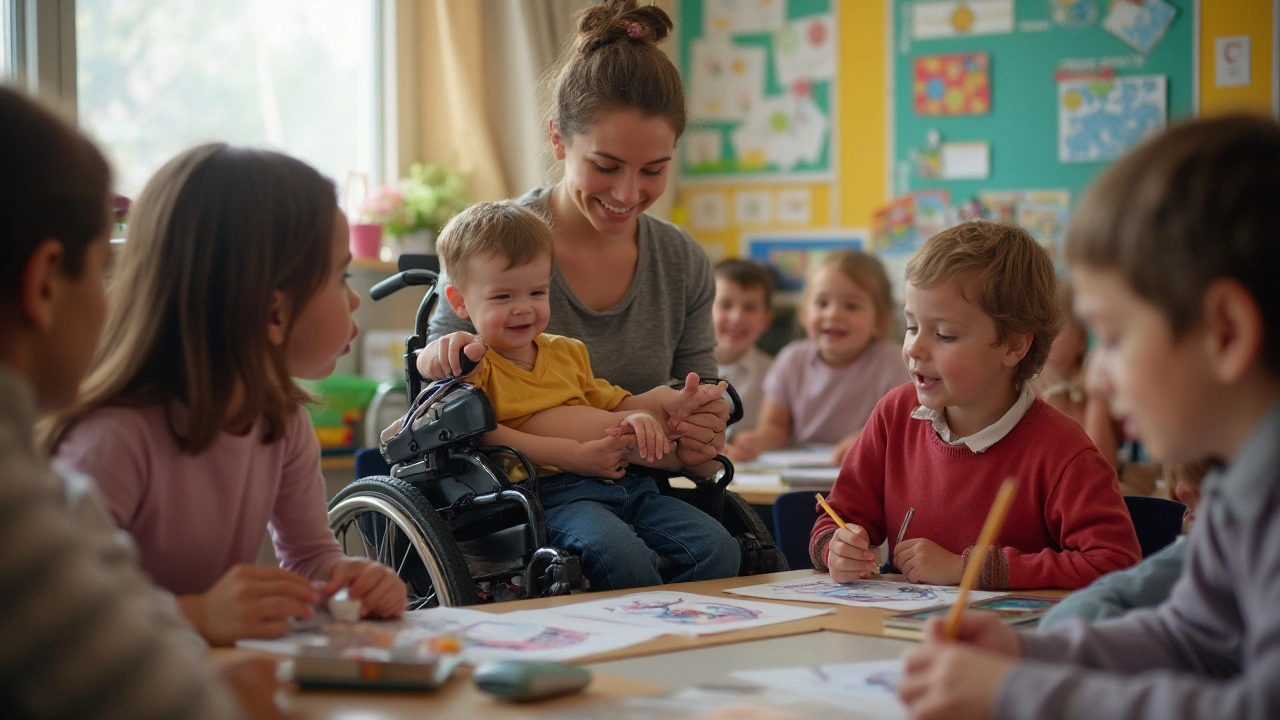Learning disabilities: what to look for and what to do next
If a child or adult struggles with reading, writing, math, following instructions, or remembering steps, that could be a learning disability—not laziness or low effort. Learning disabilities are brain-based differences that affect specific skills like decoding words (dyslexia), math reasoning (dyscalculia), or processing language (language disorder). You can take real steps today to get help and reduce stress at school or work.
Common signs to watch for
Signs vary by age and type, but here are specific red flags: slow reading, frequent spelling errors, mixing up similar-looking letters, trouble learning number facts, difficulty organizing tasks, needing repeated instructions, or slow processing when answering questions. For preschoolers, delayed speech or trouble following simple directions can be early clues. Adults may struggle with time management, reading dense text, or job-related learning tasks despite strong overall intelligence.
How diagnosis works and who to see
Start with the primary care doctor or school. Ask for an evaluation if concerns persist. Schools can do educational testing; private options include an educational psychologist or neuropsychologist who gives a detailed report. Other useful evaluations: speech-language assessment for language problems, occupational therapy for fine-motor or sensory issues, and vision/hearing checks to rule out other causes. A clear report names strengths, weaknesses, and recommended accommodations—this is what teachers and employers need to help.
If your child qualifies, the school can offer an IEP (Individualized Education Program) or a 504 plan. An IEP gives tailored instruction and measurable goals. A 504 plan ensures accommodations like extra time, quiet testing space, or assistive tech. For adults, the ADA allows workplace accommodations—ask HR or an occupational specialist about options.
Evidence-based interventions matter. For reading problems, structured literacy programs (like Orton-Gillingham approaches) focus on explicit phonics and multisensory practice. For math, step-by-step, visual strategies and small-group practice help. Speech therapy targets language concerns. These methods don’t promise overnight fixes, but steady, targeted practice leads to clear gains.
Practical tools you can use right away: text-to-speech apps and audiobooks to access reading, speech-to-text for writing, calculators and math manipulatives, graphic organizers to plan work, and timers to break tasks into chunks. Simple classroom tweaks—preferential seating, written instructions, and checklists—reduce overwhelm immediately.
Tips for parents and adults: keep records of school reports and tests, ask for written plans, focus on strengths to build confidence, and set small, specific goals. Push for re-evaluation if progress stalls. Join a local support group or online forum to swap strategies—real tips from other families can be quicker than waiting for formal services.
Learning disabilities are lifelong for many people, but that doesn’t mean limits. With the right diagnosis, targeted teaching, practical tools, and sensible accommodations, most people thrive academically and at work. If something feels off, act early—small steps now make a big difference later.
This article explores the connection between spina bifida and learning disabilities. It discusses the basic facts about spina bifida, the impact it has on neurodevelopment, and the challenges faced by those affected. The article also provides useful tips for supporting individuals with both conditions.
View Details

